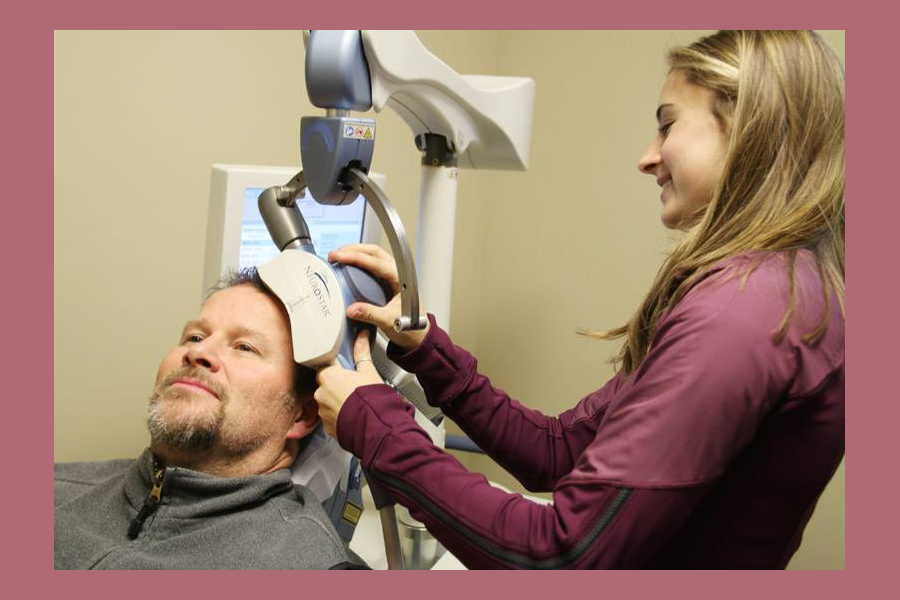Article summary:
- Overview of Home Health Value-Based Purchasing
- Payment Adjustments
- How To Prepare for Home Health Value-Based Purchasing
- 2017 Changes to Home Health Value-Based Purchasing
Overview of Home Health Value-Based Purchasing
Home health value-based purchasing has been in effect in nine U.S. states since January 2016, but the stakes are increasing as the January 2018 payment adjustment deadline approaches.
According to Centers for Medicare and Medicaid Services (CMS) Acting Administrator Andy Slavitt, the Value-Based Purchasing Program has been implemented to ensure that “no matter where the care is delivered, it is supported by a payment system that rewards providers who deliver the highest quality outcomes.”
The nine states selected to test the Home Health Value-Based Purchasing Program are:
- Arizona
- Florida
- Iowa
- Maryland
- Massachusetts
- Nebraska
- North Carolina
- Tennessee
- Washington
Even if your agency is not located in an affected state, industry experts (like Gary Massey, a community health focused CPA and Andrew Awoniyi, ND, RN-BC, CDE for Advance Healthcare Network) recommend that agencies get familiar with the value-based purchasing program early to gain an edge over competitors ahead of the eventual program expansion.
Payment Adjustments
When will the payment adjustments begin?
The first payment adjustment takes effect in January, 2018. The agency’s 2016 performance results will determine the level of the 2018 payment adjustment to a maximum of 3%. The schedule for subsequent payment adjustments are as follows:
- 2017 results will affect reimbursement in 2019 with a maximum adjustment of 5%
- 2018 results will affect reimbursement in 2020 with a maximum adjustment of 6%
- 2019 results will affect reimbursement in 2021 with a maximum adjustment of 7%
- 2020 results will affect reimbursement in 2022 with a maximum adjustment of 8%
How will the payment adjustment be calculated?
According to a breakdown by the Visiting Nurses Association of America (VNAA) the agency’s total performance score (TPS) is used to determine the level of payment adjustment. For the 2018 payment adjustment, the agency’s 2016 performance on each quality care measure is scored against either:
- The agency’s peers’ performance in 2016 (competitive score)
or:
- The agency’s own benchmark performance in 2015 (improvement score)
The higher of the two scores (competitive or improvement) will be counted toward the agency’s total performance score (TPS), which is used to determine the level of payment adjustment.
How To Prepare Your Agency
Get Informed
Make sure everyone on your team is aware of value-based purchasing and the high stakes it brings. Try to bring on or train up an analyst who can plan ahead and field questions on VBP. Work with you analyst to determine the main points of focus for your agency, and have this communicated clearly and often to everyone on your team. Have value-based purchasing front of mind as the 2017 period opens, as payments will be adjusted beginning January 2018. Keep a calendar up in a shared meeting place that is counting down to January 2018 as a visual reminder of the impending date.
Focus On Measures With the Most Impact
A Home Health Care News article suggests that focusing on the measures you can quickly improve will have a bigger impact on your overall score (TPS). They recommend that agencies work first on the measures that they can easily tackle. If you are very low in a measure, it is less likely that you will be able to turn it around quickly, so focus on the areas where you have more power to make changes.
Provide Incentives
Encourage staff to get involved in VBP momentum by providing incentives. Organize training, lunches, friendly staff competitions and more. These methods create a positive and pro-active culture, in which staff can be positively engaged with enhanced performance tracking. This will make all the difference in creating an advantage over your competition. The more employees engaged and focusing on results, the more effective your efforts will be.
Measure Progress Toward Your Goals
Create a visual to measure progress on your agency’s performance goals. This can help keep everyone on track with performance targets, while motivating your team to stay focused and work together. Update the visual regularly to reflect progress on specific quality measures. A visual will keep performance goals top of mind and can engage your team to outperform results from previous months. If workers are unable to come to the office, schedule a regular conference call to keep old and new employees on track.
Stay Informed
Check regularly for CMS announcements and updates, and change course as necessary.
2017 Changes and Improvements to the Program
CMS has announced several changes to the Home Health Value-Based Purchasing Program in 2017:
- Performance will be evaluated at the state level rather than by agency size/cohort.
- A minimum of eight agencies is required in each grouping of agencies by size/cohort
- Agencies will now have 15 days to submit new measure data, increased from 7 days
- 4 measures have been removed:
- Care Management: Types and Sources of Assistance
- Prior Functioning ADL/IADL
- Influenza Vaccine Data Collection Period
- Reason Pneumococcal Vaccine Not Received
- Influenza vaccination coverage for home health personnel now needs only be submitted annually, rather than quarterly
- Updated appeals process that maintains the existing recalculation process, and adds a process for reconsideration
For more information on the Home Health Value-Based Purchasing Program, visit the Centers for Medicare and Medicaid Services (CMS) website.





















